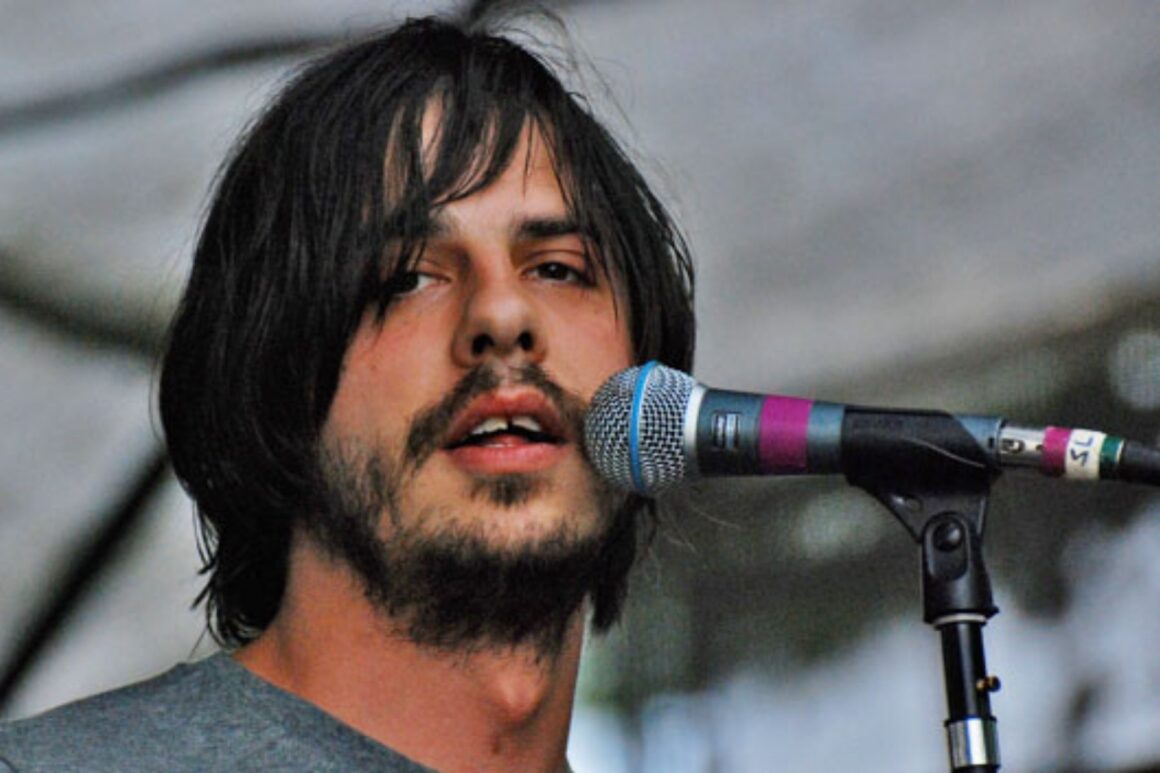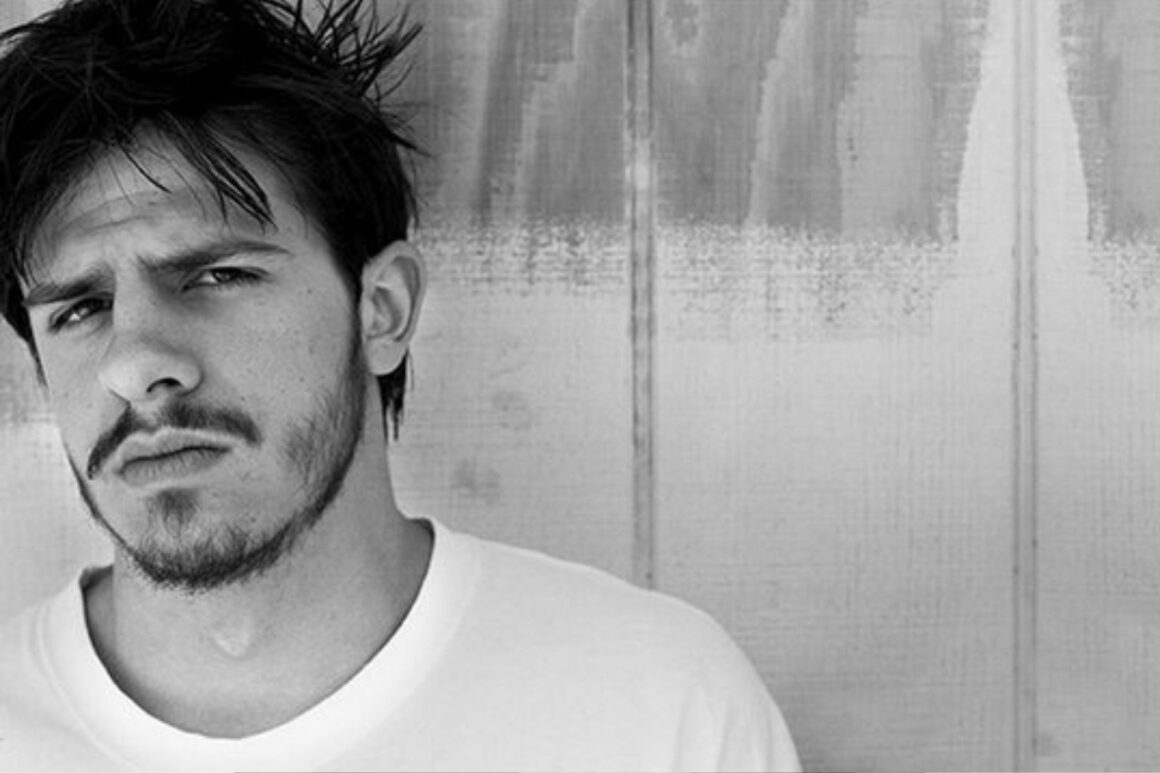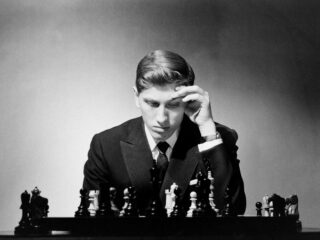Michael Larsen, known professionally as Eyedea, revolutionized hip-hop by transforming rap from mere rhythmic wordplay into a profound philosophical exploration. More than just a battle rap champion, he was an intellectual poet who challenged conventional artistic boundaries, weaving complex existential narratives through his lyrics.
His unique approach merged raw lyrical skill with deep philosophical inquiry, creating a revolutionary form of musical expression that transcended traditional genre limitations. As we unpack the layers of Eyedea’s artistic legacy, a compelling question emerges: How did one artist manage to redefine the intellectual potential of hip-hop, leaving an indelible mark on both music and philosophical discourse?
Briefly keys
- Eyedea revolutionized battle rap by transforming it from competitive performance into an intellectual art form, using philosophical depth and lyrical improvisation.
- As a legendary MC, he won Scribble Jam in 1999, elevating battle rap beyond traditional street competition into a platform for complex artistic expression.
- His unique style blended hip-hop with philosophical inquiry, employing the Socratic method to pose provocative questions and explore existential themes through rhythmic poetry.
- Inspired by diverse musical influences like Bob Dylan and N.W.A, Eyedea developed a groundbreaking approach that transcended traditional genre boundaries and challenged artistic conventions.
- Despite a tragically short life, his artistic legacy profoundly impacted the Minnesota hip-hop community and inspired generations of artists to merge music, social commentary, and philosophical exploration.
Early Days of a Wordsmith
In the lively musical landscape of St. Paul, Minnesota, Michael Larsen’s journey into lyrical experimentation began early. At just 14, he was profoundly influenced by N.W.A’s groundbreaking album “Straight Outta Compton”, which sparked his passion for writing rap lyrics. Initially a self-described “metal kid”, Larsen’s formative influences expanded beyond traditional hip-hop boundaries, drawing inspiration from diverse artists like Bob Dylan and the Beatles.
His basement became a creative sanctuary, where he transformed raw musical energy into introspective poetry. Starting as a battle emcee in local circuits since 1997, Larsen developed a unique aesthetic that blended philosophical depth with rhythmic precision.
This early period was characterized by an insatiable curiosity and a determination to push the boundaries of musical expression, setting the stage for his future as an innovative lyrical genius. His mother’s musical exposure played a crucial role in shaping his early artistic development, introducing him to a diverse range of musical genres that would later inform his unique creative approach.
Battling Beyond Beats and Rhymes
Michael Larsen’s battle rap career epitomized a transformative era in underground hip-hop, where raw talent and lyrical improvisation became the ultimate currency of respect. His battle tactics transcended mere rhyming, transforming competitive rap into an intellectual art form. Larsen distinguished himself by wielding quick wit and philosophical depth, systematically dismantling opponents through clever observations and complex thematic explorations. At Scribble Jam in 1999, he clinched a pivotal victory that would cement his reputation as a legendary battle MC.
In high-pressure battle environments, he demonstrated extraordinary adaptability, seamlessly countering opponents’ strategies with innovative wordplay. His performances at Blaze Battle and Scribble Jam weren’t just competitions but exhibitions of linguistic prowess, where he effortlessly blended humor, insight, and sharp critique.
Larsen’s approach elevated battle rap from mere confrontation to a nuanced form of verbal sparring, challenging prevailing stereotypes and inspiring a generation of underground hip-hop artists to prioritize intellectual creativity over traditional posturing.
Music That Transcends Genres

Although genre boundaries have long defined musical landscapes, contemporary artists increasingly challenge these traditional demarcations through innovative sonic explorations. Genre fusion has become a powerful tool for musicians seeking to expand creative horizons, as exemplified by groundbreaking works like Lil Nas X’s “Old Town Road” and Tame Impala’s genre-bending compositions.
Lyrical experimentation pushes beyond conventional constraints, with artists like OutKast and Solange weaving complex musical narratives that defy simple categorization. From jazz fusion pioneers like Miles Davis to contemporary electronic innovators like Charli XCX, musicians continue to demolish musical silos.
This fearless approach to genre blending reflects a deeper artistic impulse: the desire to create something entirely new by combining unexpected musical elements, challenging listeners’ preconceptions and expanding the very definition of musical expression. Just as online platforms enable community engagement through comments, musical artists similarly foster dialogue and connection through their innovative sonic explorations.
Philosophical Foundations of Rap
Philosophical depth reverberates through the rhythmic landscapes of hip hop, transforming the genre into a profound medium of intellectual discourse. Lyrical introspection becomes a powerful tool for artists like Eyedea, who masterfully weave existential inquiries into their musical narratives.
The Socratic method finds a natural home in rap, with artists posing provocative questions that challenge listeners to examine societal structures and personal experiences. Rappers like Tupac Shakur demonstrate that philosophical insight transcends formal education, using poetry and rhythm to explore complex human conditions.
Hip hop emerges as more than mere entertainment—it’s a philosophical dialogue that interrogates social inequalities, personal identity, and collective consciousness. Through intricate wordplay and rhythmic exploration, rap artists create a dynamic platform for critical thinking and social commentary. Music serves as a philosophical communication medium, enabling artists to transmit complex ideas across generations through powerful, resonant lyrics.
Personal Struggles and Creative Fuel

Resilience emerges as the cornerstone of Michael Larsen’s artistic journey, with personal struggles serving as the raw material for his profound creative expressions. His emotional turmoil—ranging from sleep disorders to depression and social challenges—became a powerful creative outlet that transformed pain into intricate lyrical landscapes.
Wrestling with insomnia, personal loss, and societal pressures, Larsen developed a unique artistic voice that transcended traditional hip-hop boundaries. His poetry and music became therapeutic channels, allowing him to explore complex philosophical themes while confronting his inner demons.
Through characters like Oliver Hart and experimental musical collaborations, he channeled his struggles into art that resonated with audiences seeking authenticity. Larsen’s ability to transmute personal challenges into compelling narratives distinguished him as more than a rapper—he was a profound storyteller who used vulnerability as his ultimate strength.
Software testing expertise similarly informed his creative approach, demonstrating how technical skills and artistic expression could intersect in profound and unexpected ways.
Artistic Evolution and Innovation
While Michael Larsen’s early career was rooted in the competitive battle rap scene, his artistic trajectory quickly transcended traditional hip-hop boundaries. His artistic reinvention was marked by an extraordinary ability to blend genres, transforming from a battle rap champion to a multifaceted musical innovator. By collaborating with DJ Abilities and exploring unconventional projects like Face Candy and Carbon Carousel, Larsen demonstrated an insatiable creative hunger that defied musical categorization.
Genre fusion became his artistic signature, seamlessly incorporating jazz improvisation, rock elements, and philosophical lyricism into his work. This fearless approach to musical exploration allowed him to constantly challenge listeners’ expectations, rejecting commercial constraints in favor of authentic artistic expression.
Larsen’s commitment to pushing creative boundaries made him not just a rapper, but a true musical visionary who redefined the potential of hip-hop. World Blaze Battle champion Eyedea emerged as a transformative figure who challenged the conventional understanding of freestyle performance and lyrical innovation.
Enduring Impact and Remembrance
The legacy of Michael Larsen, known professionally as Eyedea, reverberates through the hip-hop landscape, transcending the boundaries of his tragically short life. His enduring impact is a reflection of his profound cultural influence, preserving a musical heritage that continues to inspire generations of artists and fans.
The Minnesota hip-hop community and artists nationwide have kept his memory alive, celebrating his lyrical virtuosity and philosophical approach to music. Beyond his artistic achievements, Eyedea is remembered for his commitment to social consciousness and intellectual depth, qualities that elevated his work from mere performance to meaningful cultural commentary.
His memorial events and tributes, including a public wake and celebration of life, further demonstrated the lasting resonance of his artistic vision, ensuring that his creative spirit remains lively in the collective memory of the hip-hop world.
Wrapping up
Eyedea’s artistic journey illuminated hip-hop’s transformative potential. Like a linguistic alchemist, he transmuted personal struggles and philosophical insights into revolutionary art. His legacy demonstrates that music can be a powerful medium for intellectual and emotional exploration, challenging audiences to reimagine creativity’s boundaries and welcome complexity beyond conventional artistic expressions.




